In the context of fluctuating supply, high costs and lack of regional connectivity, restructuring the supply chain is no longer an option, but a mandatory requirement for craft villages to develop sustainably and reach out to the international market.
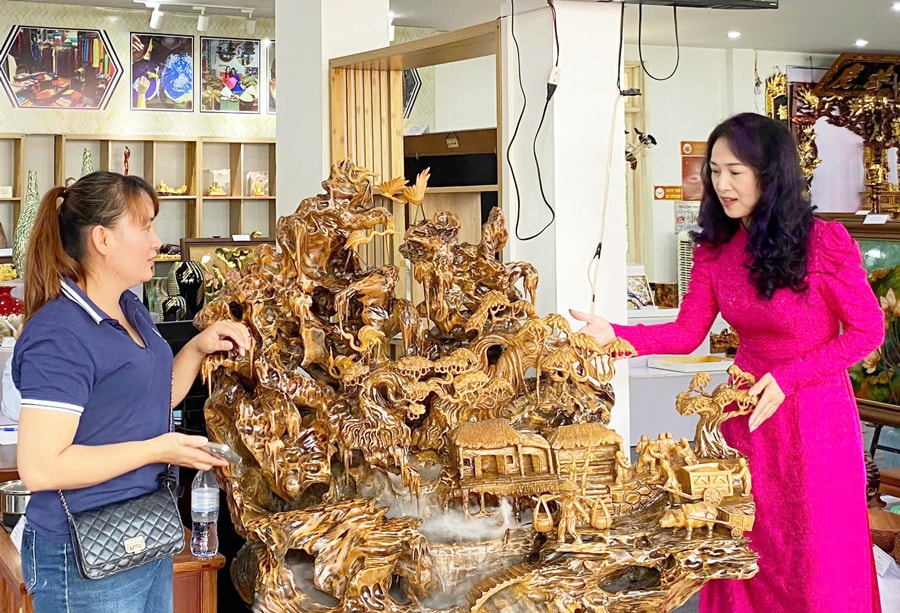
Supply chain still has many shortcomings
Deputy Director of the Hanoi Center for Industrial Promotion and Development Consulting (Hanoi Department of Industry and Trade) Vuong Dinh Thanh said that in recent times, the development of handicraft products in the city has had many positive changes. Many products have beautiful designs, good quality, and have competitive advantages in domestic and foreign markets.
However, many handicraft products still do not meet the requirements of the market, especially the export market; the potential and value of the products have not been fully exploited, and there is a lack of ideas for designing and developing new products. Input materials mainly depend on supplies from other provinces and foreign countries. These are huge challenges that hinder the sustainable development and growth of the capital's handicraft industry.
According to Chairman of Kim Lan Ceramic Association Dao Viet Binh, the annual raw material demand of ceramic craft enterprises in Hanoi is estimated at about 80,000-100,000 tons of clay, kaolin; 10,000 tons of feldspar, quartz; about 2,000-3,000 tons of glaze, additives. Most of the raw materials must be purchased from Phu Tho, Quang Ninh, Lao Cai provinces and a part is imported.
The expanding export market goes hand in hand with the demand for stable, high-quality, and reasonably priced raw materials. However, according to Mr. Dao Viet Binh, the raw material supply chain still depends on intermediary traders; businesses have difficulty accessing quality mines because those mines have been sold to foreign businesses at high prices; raw material prices fluctuate strongly; there is no specialized logistics system and the quality of raw materials is uneven. Some special raw materials such as zircon enamel and refined metal oxides still have to be imported at high prices, significantly increasing production costs.
Chairman of Phu Xuyen Mother-of-Pearl Inlay Association Nguyen Vinh Quang also shared that the main materials for mother-of-pearl inlay are pearl shells, snail shells and scallop shells, all of which are natural materials that are increasingly scarce. The scarcity has pushed up the price of raw materials, putting great pressure on production costs.
Need for a holistic supply strategy
Industry experts say that to ensure stable input for the handicraft industry, a strategy to restructure the overall raw material supply chain is needed.
Mr. Dao Viet Binh said that one of the fundamental solutions is to build a close connection between provinces with raw material areas and craft villages in Hanoi. Localities should encourage the signing of long-term supply contracts between raw material exploitation enterprises and handicraft production facilities. In addition, organizing regular raw material and product trade fairs is an effective solution to connect suppliers and production units.
Next, it is necessary to survey and evaluate the potential of local raw materials to select conservation and development in a targeted manner. In particular, investing in on-site processing capacity such as drying, processing, and classification will help improve the quality of raw materials, increase local added value, and reduce dependence on foreign imports.
To solve the raw material problem sustainably, it is necessary to promote comprehensive cooperation between parties in the value chain, from creating raw material areas, preliminary processing, processing to distribution.
According to Vice President and General Secretary of the Vietnam Handicraft Export Association Le Ba Ngoc, it is necessary to link up in building raw material areas, have specific planning, establish clear planting area addresses, and aim to develop specialized raw material areas serving the handicraft and ceramic industries, in order to reduce input costs, improve product quality and ensure long-term production capacity.
Along with that is the connection in the raw material processing stage. There needs to be cooperation models between enterprises and cooperatives, local production households to invest in technology to process, preserve, and classify raw materials on the spot. This helps increase added value, limit loss and improve input quality for production facilities.
The third is the public-private-community partnership model, in which there is full participation of state management agencies, enterprises, people and production households. This model not only ensures transparency, traceability and social responsibility in the supply chain, but also contributes to protecting the rights of people in raw material areas. At the same time, building this three-party linkage chain also creates the basis for issuing more specific support policies, especially from industrial promotion programs.
“Accordingly, it is necessary to consider integrating the goals of developing sustainable raw material areas and handicraft value chains into the socio -economic development plans of localities, especially in the 2026-2030 period. At the same time, it is recommended that the Department of Industry and Trade and the Industrial Promotion Center of provinces and cities study and propose priority mechanisms to support businesses and cooperatives participating in these linkage models,” Mr. Le Ba Ngoc proposed.
If the three groups of solutions mentioned above are effectively implemented, the raw material problem - which is currently the biggest bottleneck of the handicraft industry - will be gradually resolved, creating an important premise for craft villages to develop sustainably and participate more deeply in the global value chain.
Source: https://hanoimoi.vn/tai-cau-truc-chuoi-cung-ung-nguyen-lieu-cho-thu-cong-my-nghe-712946.html




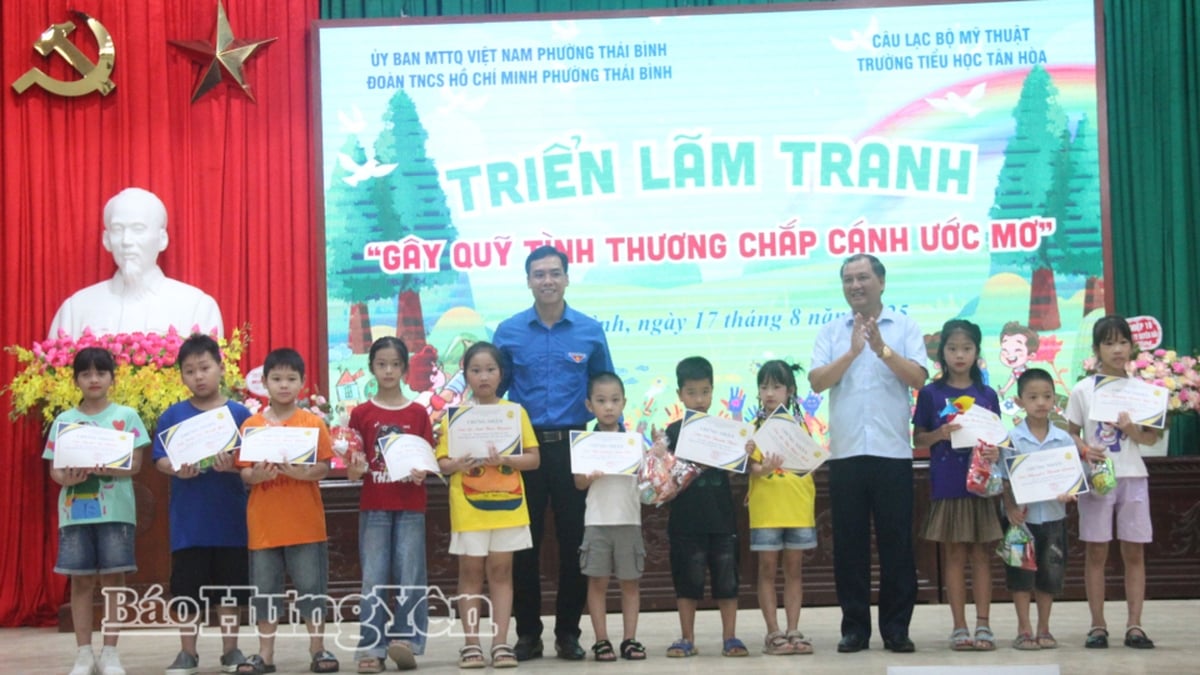


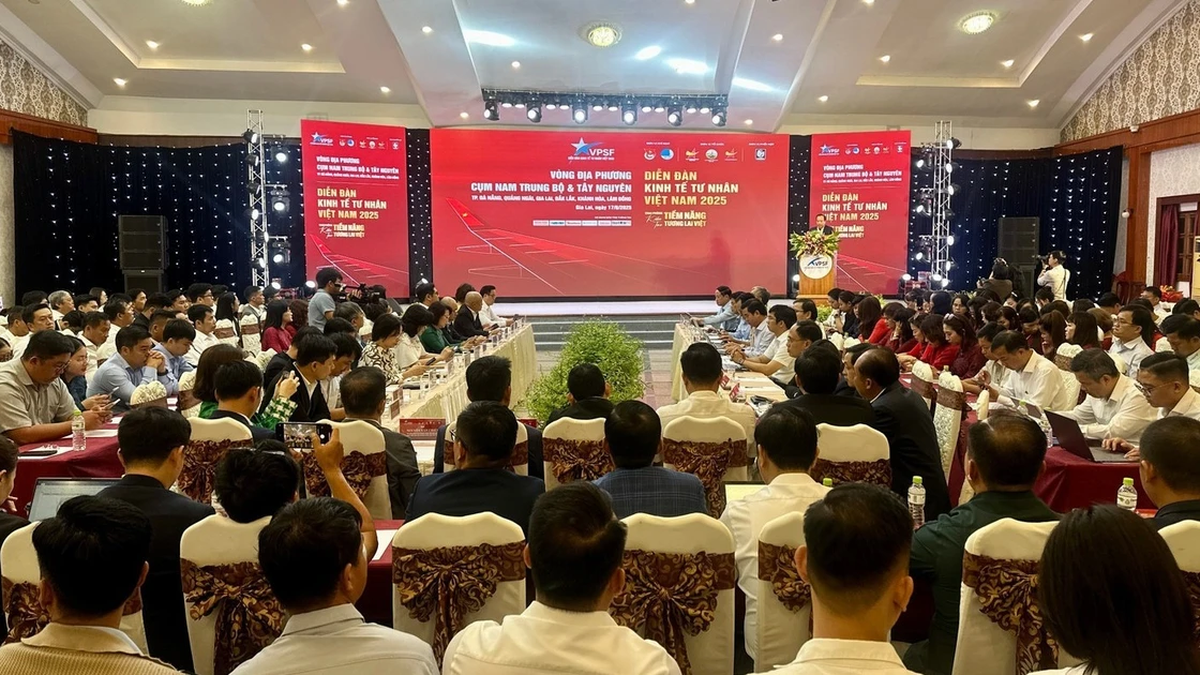
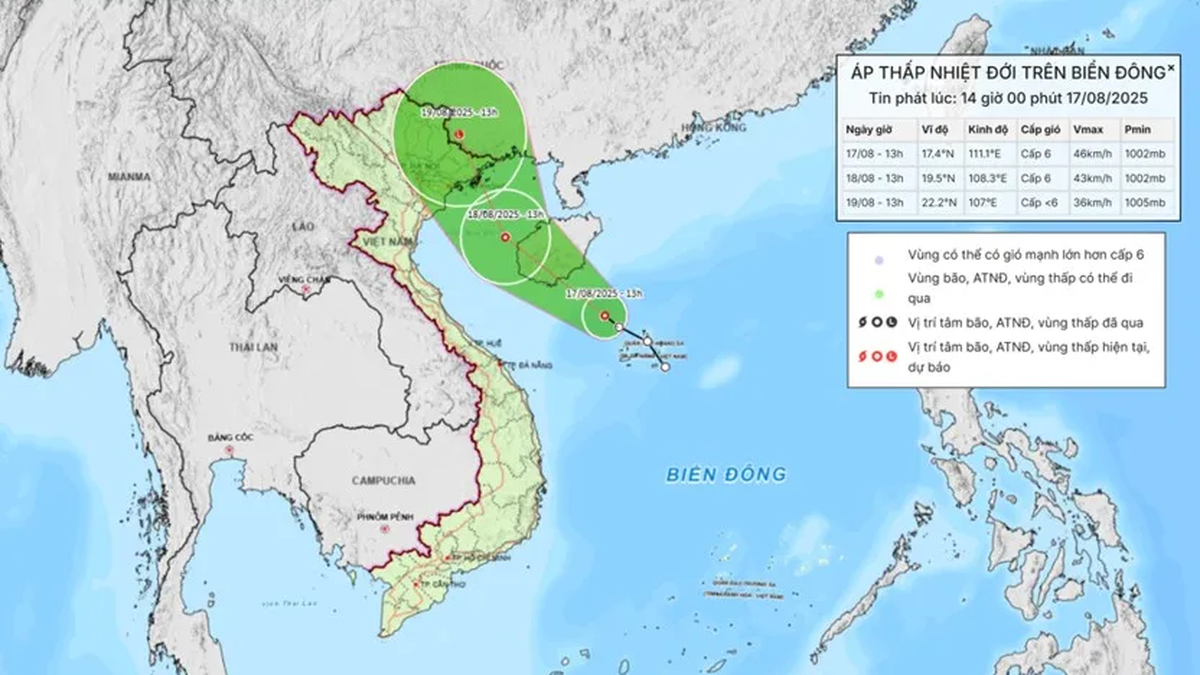
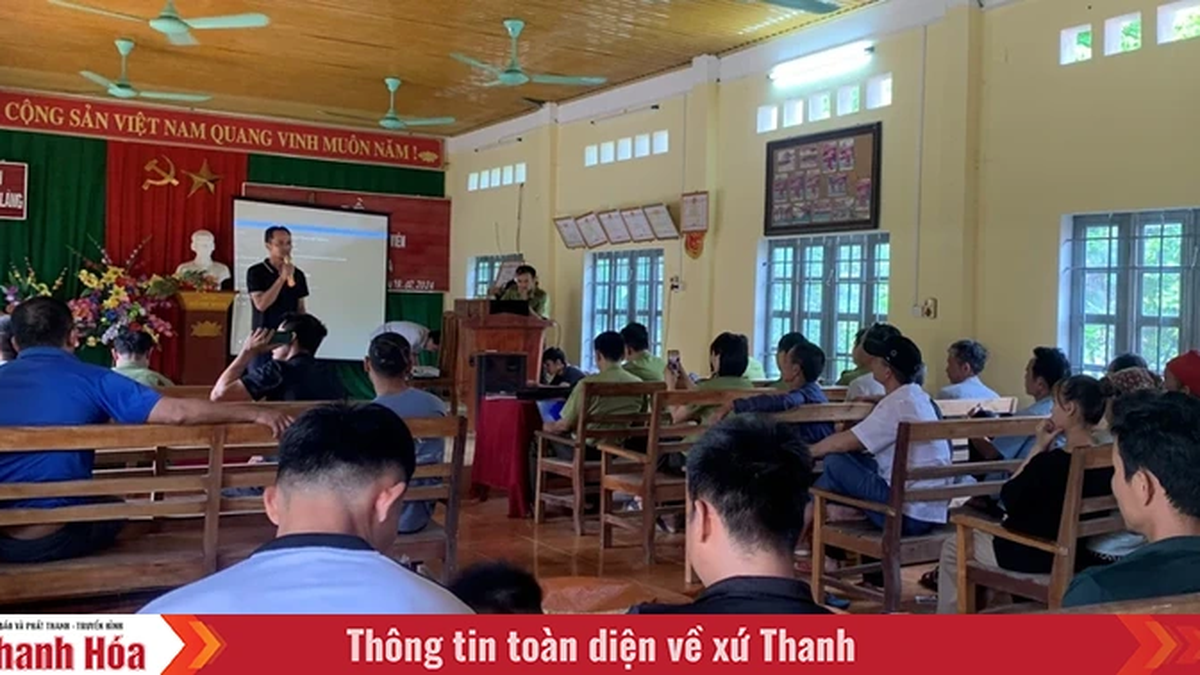
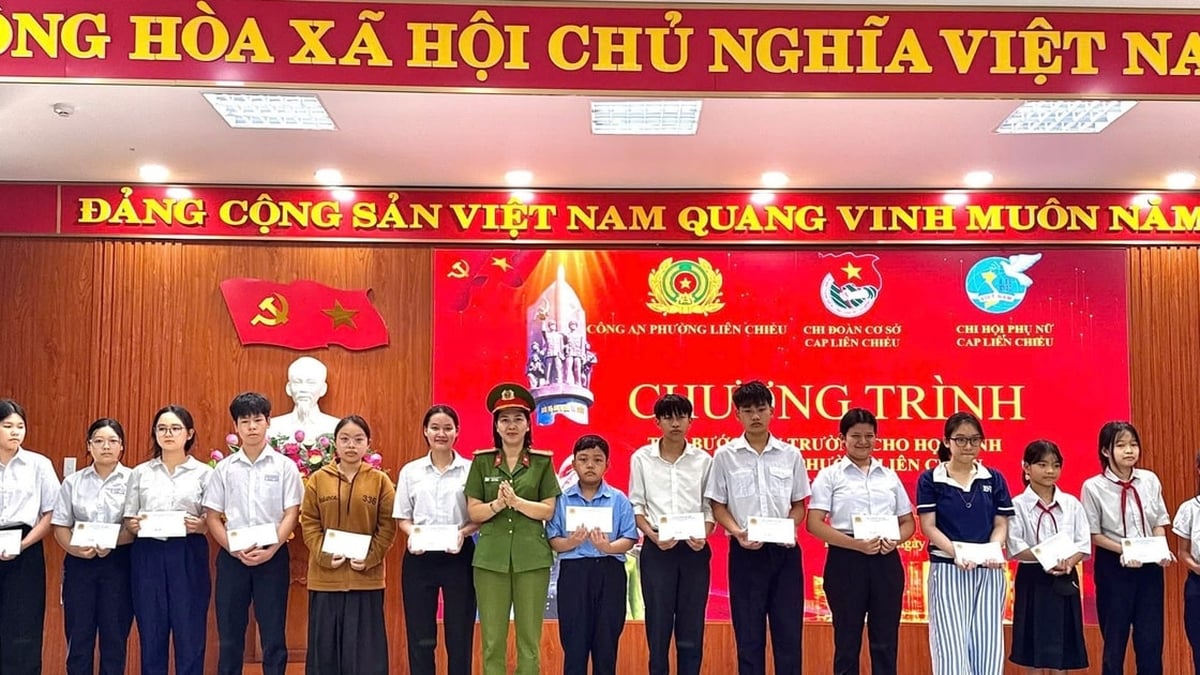
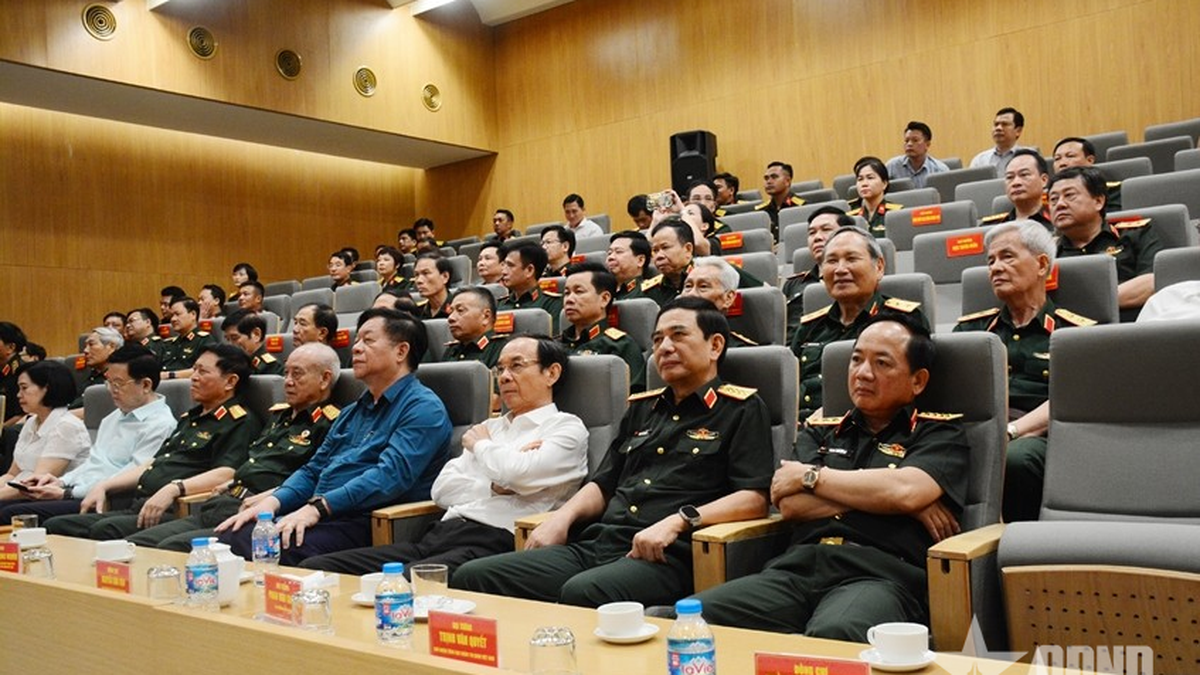













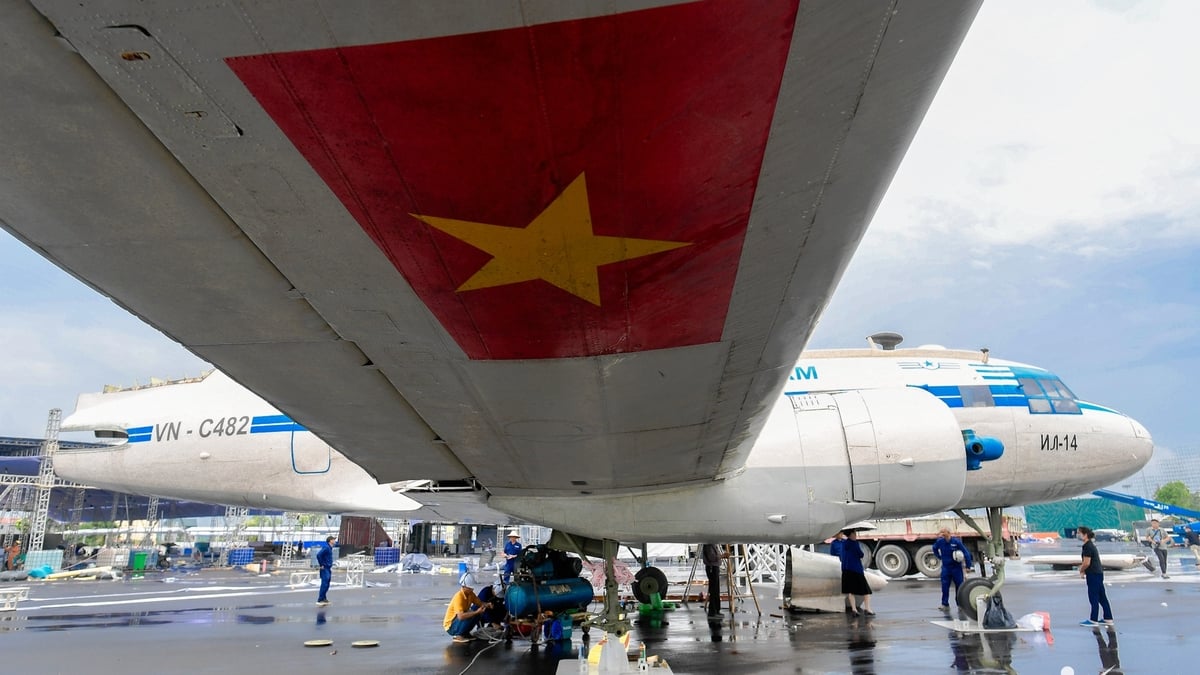
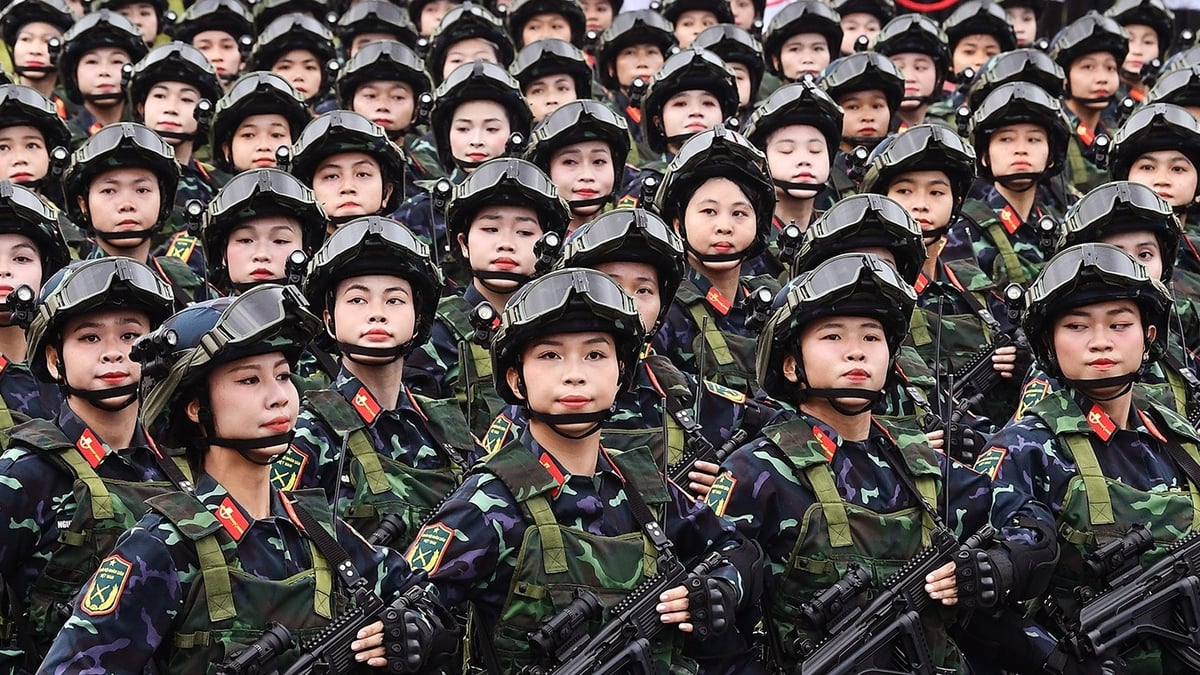

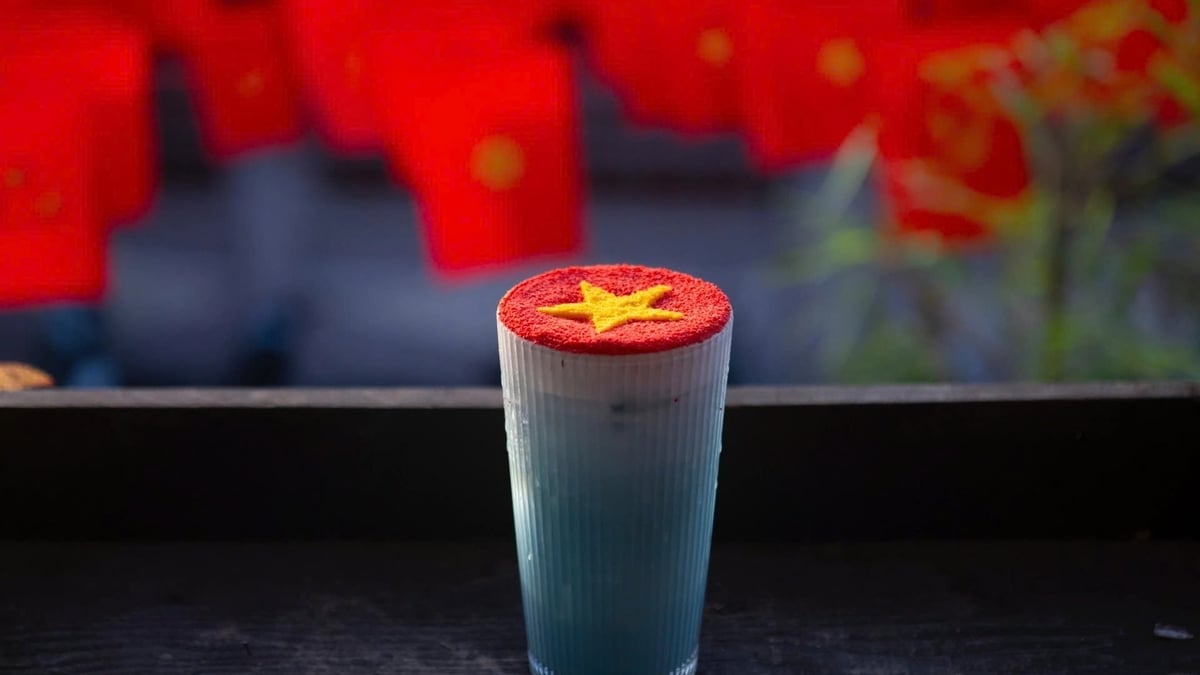

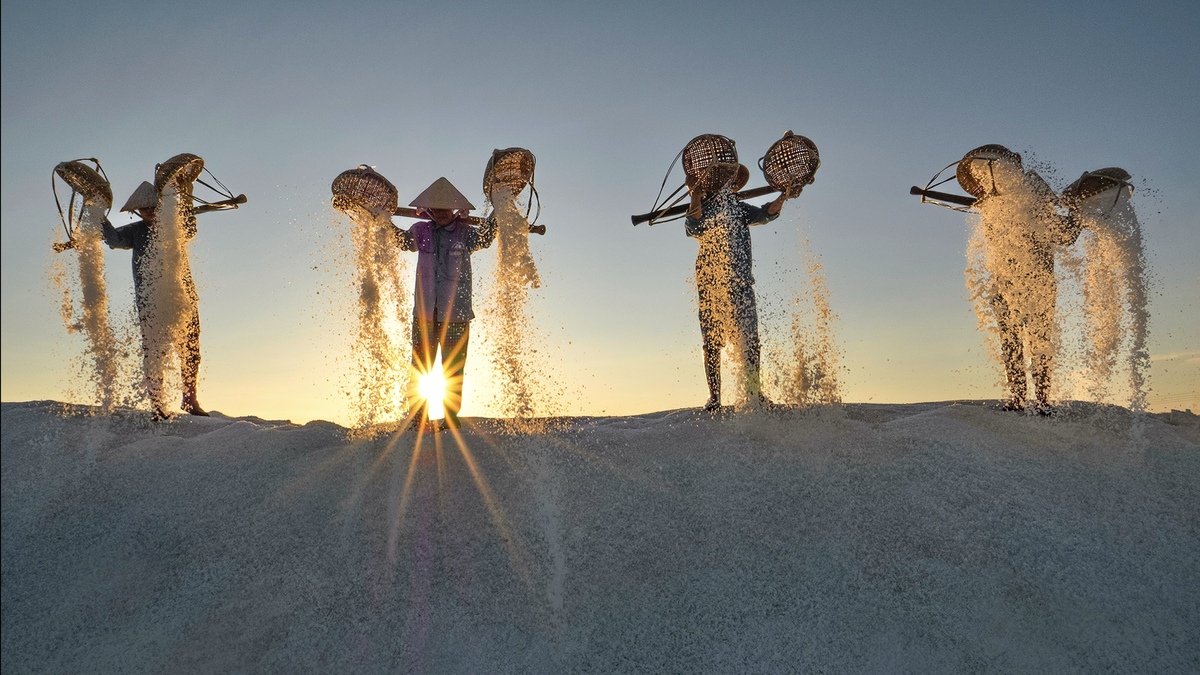

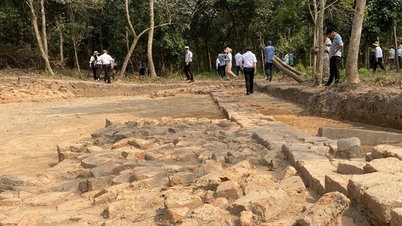






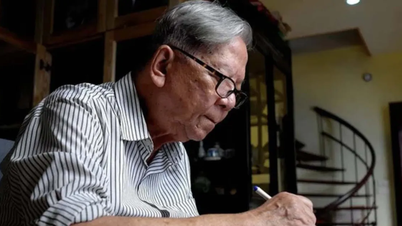








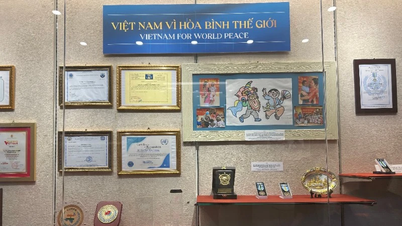

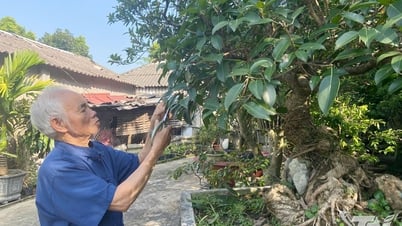



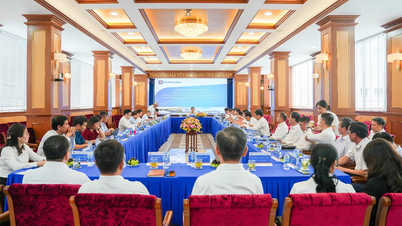









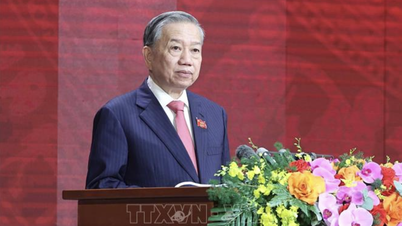



![[Photo] Party and State leaders visit President Ho Chi Minh's Mausoleum and offer incense to commemorate Heroes and Martyrs](https://vphoto.vietnam.vn/thumb/402x226/vietnam/resource/IMAGE/2025/8/17/ca4f4b61522f4945b3715b12ee1ac46c)
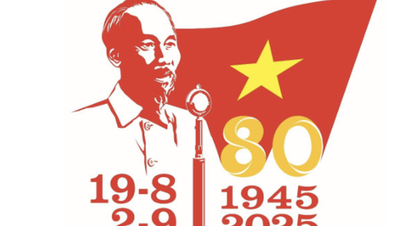

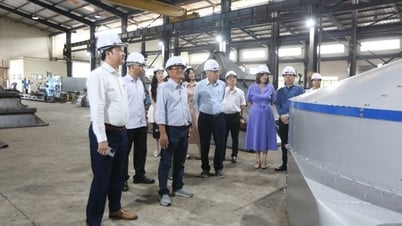



























Comment (0)